
HISTORIC HIDDEN HEROES AFTER-WAR MEMORIAL AT TALLY HO FARM WINKFIELD SL4 4RZ ENGLAND
 HISTORIC HIDDEN HEROES AFTER-WAR MEMORIAL AT TALLY HO FARM WINKFIELD SL4 4RZ ENGLAND |
|
Why Ramsey County MN are giving thanks for ploughshares |
|
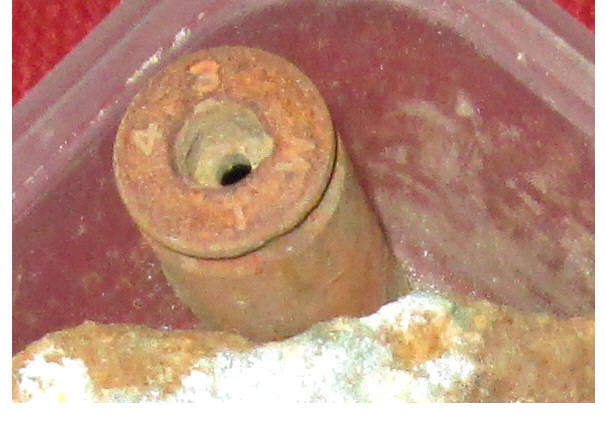 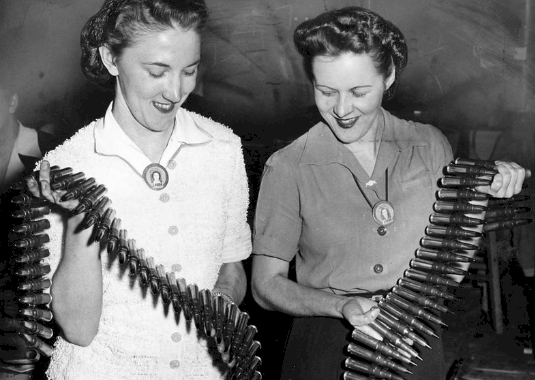 
|
|
| Another surprising story unearthed through Thanksgiving Field | ||
|
BEFRIENDING
FLY2HELP & ROSIE
SCHWEINFURT RECONCILED 1943-2014
|
 FOUR
SPENT CARTRIDGES made in Minnesota were the
trigger for Thanksgiving Field - and led to
these thanks and tribute for the spirit of
generosity over in their community. FOUR
SPENT CARTRIDGES made in Minnesota were the
trigger for Thanksgiving Field - and led to
these thanks and tribute for the spirit of
generosity over in their community.They led me to unearth a fine story of social responsibility taking place today - thanks to the vision and partnership of local officials, businesspeople, and good citizens there. On Sunday 20 October 2013, the Berkshire Metal Detectorists Club had a dig at Tally Ho Farm near Winkfield. Chairman Ray Laidlaw's pre-briefing notes said that during WW2 an American bomber had crashlanded at RAF Winkfield (never heard of it) on the way back from Schweinfurt (very historic!) As Winkfield is a big area, I just clocked the information. Within a few minutes, I'd found something! A 1962 halfpenny. But I had no provenance for it, other than that it must have come from a Royal Mint. Then the metal detector started to go silly, with lots of signals. I guessed that my machine wasn't working properly, or the field had chunks of debris of some sort. One bit came up, a grotty piece of white stuff. Another coin - but hard to tell as it was worn smooth. Elsewhere, Roman and medieval coins were coming to light. It's always a puzzle that in every field all across Britain for the last three millennia, someone has dropped a coin. Then a cartridge case. I'd found these before - .303 and 20mm and maybe a pistol round. This instantly seemed unlike those - and was maybe .5inch, the standard US machine gun calibre. The another. And another. And I began to get excited. In detecting, you usually find one thing, and you don't know anything other than what its is and its setting (its provenience). To have several items of the same sort implies some historical event. In this case, I was beginning to be certain that I was on the site of the B17 crashlanding. So I asked other detectors in the field if they'd found any cartridges too - and several had. At home in the next few days I cleaned off the backstamping, and found embedded on each the sign for the place and date of origin: TW 43. These were .5inch cartridges made at the Twin Cities Army Ammunition Center (TCAAC) at Arden Hills, near St Paul in Minnesota - in 1943. And exploring what happened there, I uncovered a remarkable story of social responsibility and good citizenship today. |
The four cartridges unearthed
Backstamp reads TW 43
In September 1943, TCAAC workers Stella Kuzniar, left, and Shirley Slind display a fully loaded ammunition belt for a .50 calibre machine gun
A B17 waist gunner loads a belt of ammunition |
| Swords into spiritual ploughshares | ||
|
AS WORLD WAR II loomed, ground was broken for the Twin Cities Army Ammunition Center (TCAAC) at Arden Hills in August 1941. At peak production in 1943, the plant employed nearly 26,000 workers, about half of them women. Spread across about 2,400 acres in Arden Hills and New Brighton, the plant produced small-arms ammunition during World War II, the Korean War and the Cold War. After WWII, the Twin Cities
Ordnance Plant was “mothballed.” Ryan
Companies was the last of several attempts by
private developers to negotiate a purchase with
GSA in the early 2000s, but could not make the
redevelopment plans work. The total fixed-price
contract amount is $22.6 million to bring the
site to residential standards. This contract
limits the county’s exposure to liability. This
letter protects the County from liability
regarding the remediation of the site, and
guarantees that this work will not constitute
conduct associating Ramsey County with the
release or threatened release of hazardous
substances, pollutants, or contaminants at the
site. The County took title to 397 acres of the site and received a “lease” on the remaining 30 acres until the cleanup is completed. The cleanup contractor, Carl Bolander & Sons, estimates that the cleanup will be completed in 30 months, by October 2015. For full information - and lots of photos - go to the fine website that TCAAP are providing.
|
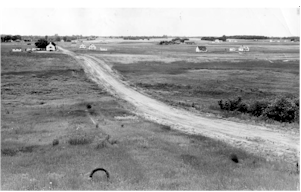 A July, 1941 photo looking west shows a portion of the approximately 2,400 acres of farmland where the Twin Cities Ordnance Plant was to be built. 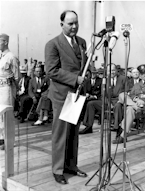 Charles L. Horn, president of the Federal Cartridge Corporation, with the chromium-plated spade with which he turned the first dirt during the TCAAP groundbreaking in August, 1941. Federal Cartridge operated the plant under a contract with the War Department.  About half of the 25000+ employees at TCAAP were women, including Margaret Johnson, a solderer. 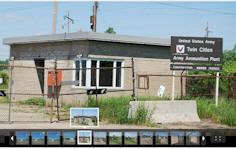 Ready for regeneration, in the fine photogallery on the TCAAP website  TCAAP have had to face many issues to do with toxic substances. Here is depleted uranium. Don't try this at home.  Demolition started in June 2013. Note that women workers are still in the majority. They Can Do It! |
|
|
BEFRIENDING
FLY2HELP & ROSIE
SCHWEINFURT RECONCILED 1943-2014
|
||